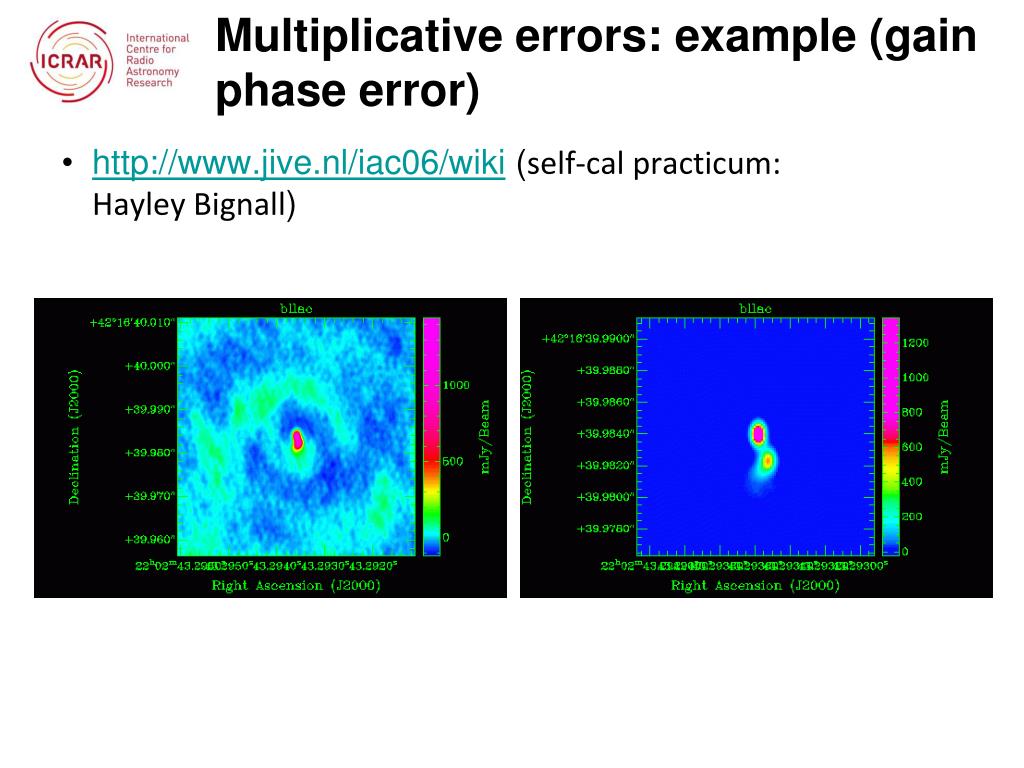
Grant's postmaster and his team were constrained to issue them without having had any say in their design or production, and thus had no reason either to like or to defend the new issue. That the pictorials had been created by the widely reviled Johnson administration was scarcely likely to win them adherents. To liken the design on the 30-cent stamp to "a bunch of rags hung out of a junk shop" as least raises an aesthetic issue but the statement that the 2-cent stamp represented " Booth's Death ride into Maryland" is surely defamation pure and simple, indicating an agenda that has little to do with the question of stamp design. The truth, however, seems to be more complicated, for the tone of much of the press commentary about the pictorials suggests that an organized campaign was attempting to discredit them. Many accounts characterize the strident criticism that greeted the pictorials as a spontaneous, broad-based public reaction, motivated by the patriotic conviction that national heroes were the only acceptable subjects for U.S. The remarkably brief tenure of the pictorials meant that relatively few stamps could be printed, which accounts for their scarcity. at the pleasure of the Postmaster General, without additional cost to the department". stamp production required it to furnish - as the Postmaster stated in a written report - "new designs and plates. The new issue cost the taxpayer nothing, for the National Banknote Company's contract for U.S. As early as September, newspapers announced that the Post Office was planning a new definitive issue to supplant the unpopular series, and the replacements went on sale during April 1870 - less than thirteen months after the pictorials had first been vended. Early philatelic reviews were favorable, but soon severe criticism began to appear in the press, and the stamps rapidly became disreputable. Quite different, however, was the reception the pictorials faced in the months after their release during 1869. Most other values in the series, by contrast, are rare, especially the greater denominations, and for this reason as well the issue is venerated by many collectors. Still others writers cite the nostalgic associations of the pictorials, noting that for most collectors of American stamps, the 3-cent locomotive- a common item of which many cheap copies are available- was the first issue of real antiquity they were able to collect, in the otherwise empty early pages of their albums. By 1860, the ship had been sold to the British. Very fast across the Atlantic, subsidized by the government, but still an economic disaster. Adriatic, is described often as a particularly beautiful stamp. The 12-cent value, with its image of the S.
#Picktorial error series
ĭuring the past century, the pictorial series has enjoyed warm praise in philatelic commentaries: some have expressed admiration for the boldness of its concept and the skill of its miniaturistic engraving by James Smillie, others, affection for the period charm of its illustrations. These error stamps command high prices: at an auction in early 2011, used copies of the three inverts realized a total of a quarter of a million U.S. Each color had to be printed separately and on a few sheets of the 15-cent, 24-cent and 30-cent stamps, the paper was placed in the press upside down for the second printing, resulting in America's first invert errors. postal history, on the four denominations of 15 cents and greater. An innovation no less striking of the 1869 pictorials was the introduction of the first two-color stamps of U.S. The Post Office decided at the last minute not to annoy the British and so used the 10 cent Patriotic Eagle and Shield design again with the addition of flags.

It was to use a vignette that showed the British surrender after the Battle of Saratoga in 1777. The 30 cent was designed to be similar to the 15 cent and 24 cent stamps. Two others present historical tableaux drawn from famous paintings of crucial hemispheric events: John Vanderlyn's Landing of Columbus (15 cent) and John Trumbull's Declaration of Independence (24 cent). Three stamps illustrate means of postal transportation: delivery on horseback (2 cent), by locomotive (3 cent) and by steamship (12 cent). The other seven denominations contain a variety of images.


Such statesman-portraits appear, in fact, on only three values of the pictorial issue: the 1-cent Franklin, the 6-cent Washington and the 90-cent Lincoln. postage stamps should present images only of dead statesmen. Here the designers rethought the concept of what constituted an appropriate stamp subject, changing the established convention that U.S. The term "pictorial" denotes a revolutionary aspect of the 1869 series.


 0 kommentar(er)
0 kommentar(er)
